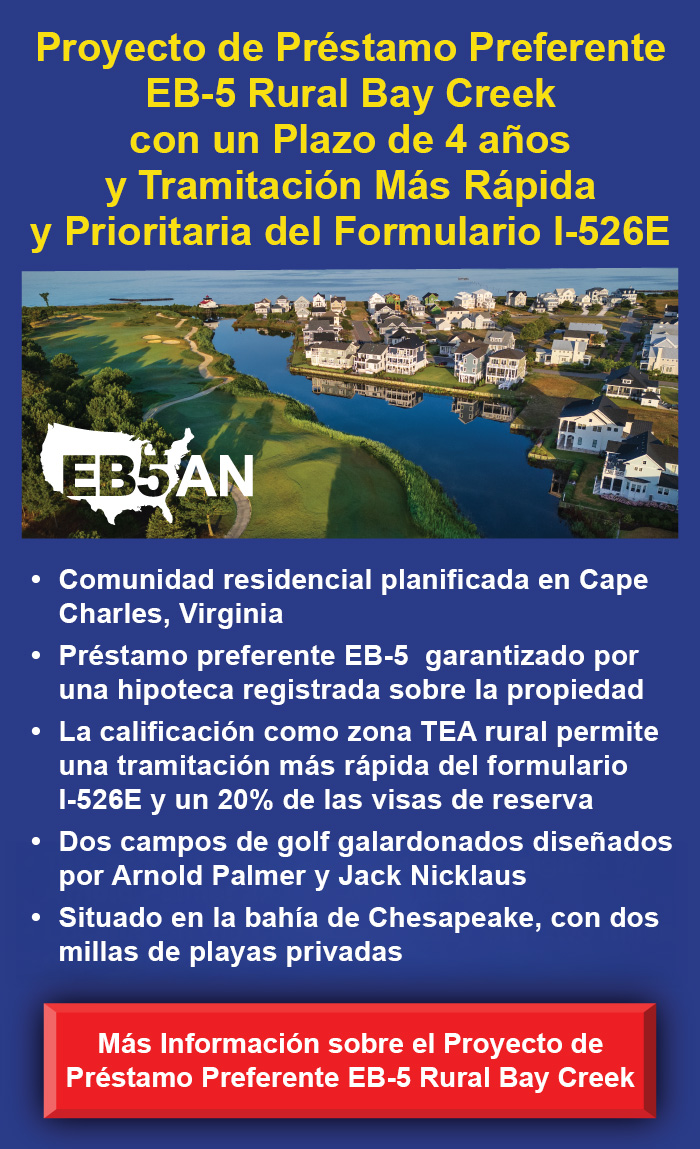2020 market trends for the EB-5 Immigrant Investor Program point to South Africa as an emerging market for EB-5 investment. In just two years, the number of EB5 investment participants from South Africa has grown by a staggering 226%. Buoyed by unprecedented growth in the African economy and a decade-long rise in foreign direct investment (FDI), South African investors and business owners are now turning their sights and their capital to the EB-5 investment program.
The South African Boom
The EB-5 investment program is one of the fastest and most direct routes to permanent residency in the United States. Some U.S. visa programs are allocated far fewer visas than the EB-5 program or may require employer sponsorship. In FY2021 alone, the number of available EB-5 visas has doubled, making plenty available for those in underrepresented markets like South Africa.
South African EB-5 investment participants already have a historic 92% petition approval rate, per data from United States Citizenship and Immigration Services (USCIS). Furthermore, changes in application processing procedures at USCIS now allow for a “first-in, first out” adjudication for I-526 petitions. This is expected to lengthen I-526 processing times for Vietnamese and Chinese nationals, but in developing markets such as South Africa, wait times are expected to shrink.
For most South African EB5 investment participants, the program serves as a means to offer their children better educational opportunities in the United States. Permanent residency status increases a child’s chances of Ivy League school acceptance and is cheaper for the entire family than international tuition can be for just one child. A quality U.S. education can also lead to quality U.S. employment. However, South African investors face certain challenges in their EB-5 investment journey.
Hurdles Moving Money Abroad
South African EB5 investment participants not only have to contend with meeting all the requirements of the EB-5 program, but they must also meet all regulations of both the South African Reserve Bank (SARB) and the South African Revenue Services (SARS). The SARB limits the amount of money South African citizens may move out of the country. Citizens are allowed to move R 1 million with no questions asked. Moving more money is still legal, but citizens are subjected to a greater tax burden and legal scrutiny.
EB-5 investment participants are required to make a minimum capital investment of $1.8 million USD in a qualifying new commercial enterprise (NCE). That minimum capital investment can be halved to $900,000 if the chosen project is located in a USCIS-designated targeted employment area (TEA). However, at the December 2020 exchange rate, even the minimum capital investment for a TEA equates to a whopping R 15 million.
This is a substantial sum for most South African nationals to legally move abroad. Furthermore, most EB-5 projects only see returns of 5% or less. For South African investors seeking more solid returns, this amount of money can be difficult to part with, especially given the level of scrutiny to which they will be subjected by their government.
Strategies for Moving Forward
There are ways and means for investors to source capital from within South Africa for an EB-5 project in the United States. Investors may consider a spousal donation—i.e., both partners contributing money to transfer abroad—to move more than the allotted R 1 million abroad. More experienced investors with diversified portfolios may already have some money abroad. If this is the case, then investors will not have to clear the full R 15 million ($900,000 USD) with SARB. However, when EB-5 deadlines approach, this strategy can sometimes prove risky, given the volatility in the value of the rand.
South African investors should also take the time and care to properly prepare for a lengthy and thorough review of their investment by both SARB and SARS. The South African government is familiar with the above strategies, so they should not seem out of the ordinary in their review. As far as USCIS is concerned, if investors provide proper documentation proving that their funds have been lawfully sourced, the above strategies should still allow an investor and their family members to remain eligible for U.S. permanent residency.
The Length of the Process
It generally takes about three years of preparation before a South African EB-5 investment participant can expect to leave for the United States. The SARS review process of moving capital offshore may take three months or longer. The consular processing phase then takes an average of three years to complete, with USCIS adjudication generally taking eight to 24 months. This phase also includes scheduled consular interviews, follow-ups, and the lengthy filing and processing of various petition packets. Only when an investor’s I-526 petition is approved may they move to the United States.
The EB-5 investment journey is different for every investor in every country. It is imperative for South African nationals to seek the counsel of an immigration attorney experienced in South African law, as well as the advice of experienced EB-5 professionals. But with the historic number of EB-5 visas available in 2021 and numerous COVID-19 vaccines being rolled out, there may be no better time for South African investors to begin their EB-5 journey.


